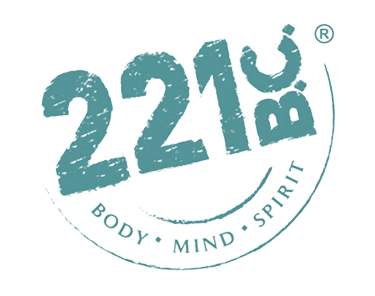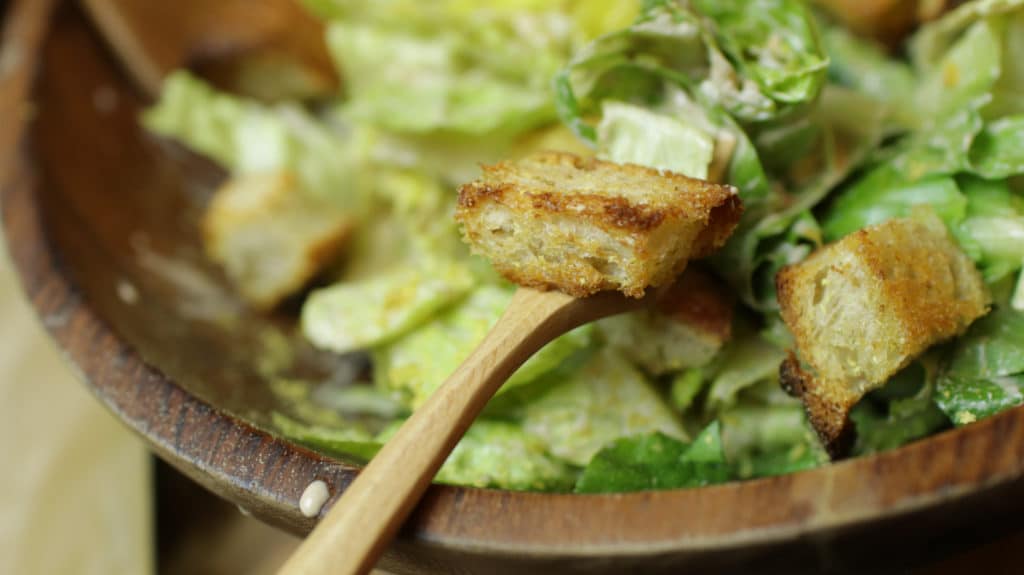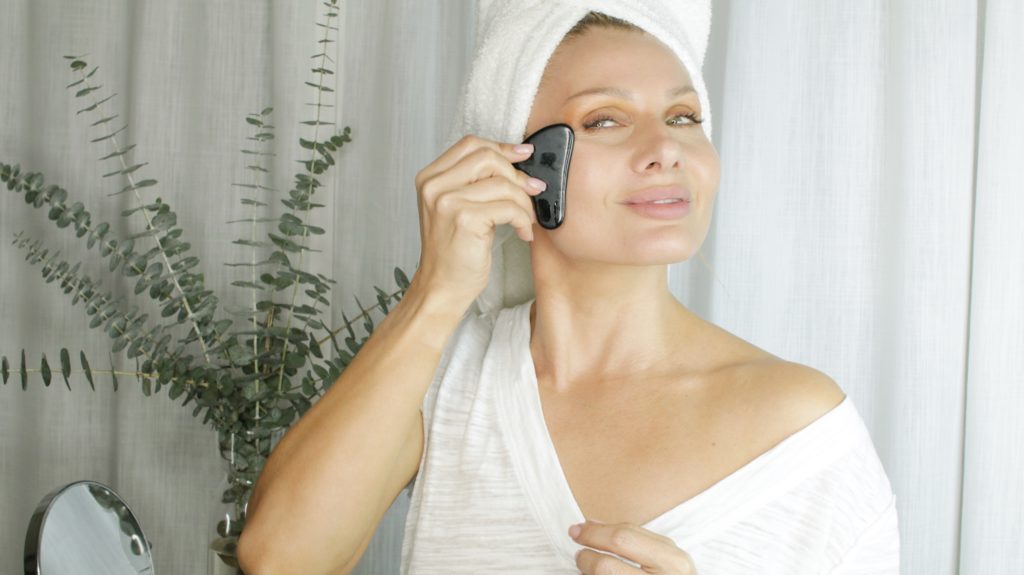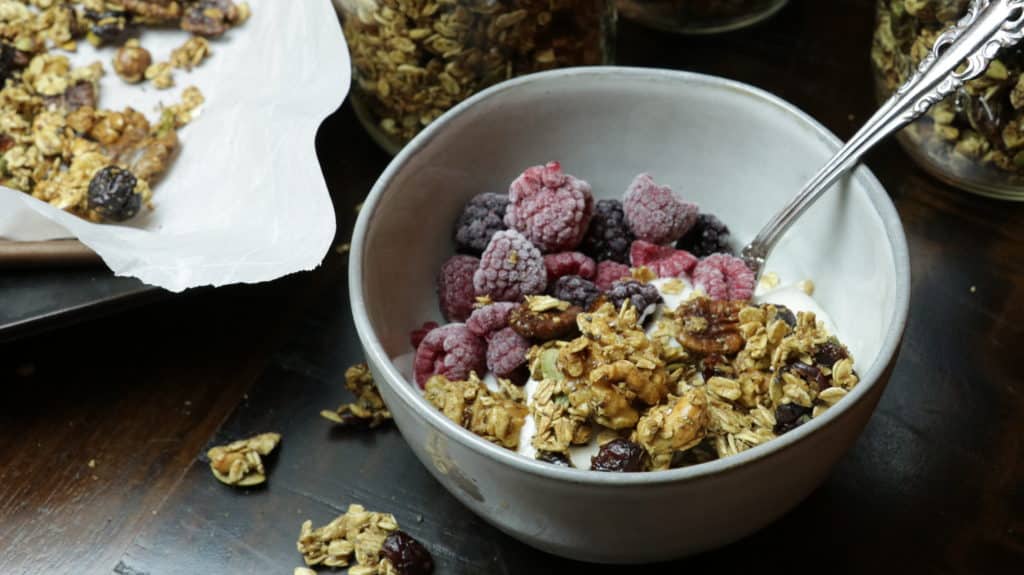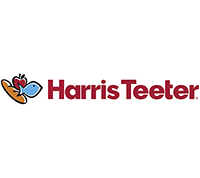I. The Age of the Stanley Cup
We live in an era where hydration has become a performance. Oversized water bottles—often branded, pastel-toned, and carried like handbags—have become symbols of health, discipline, and social belonging. TikTok trends praise the benefits of “water goals,” influencers offer Stanley Cup reviews like sommeliers, and hydration apps gently ping us: Time to drink. Across office desks, yoga mats, and driver’s cupholders, a quiet competition plays out. Who is the most hydrated?
But beneath this obsession is a quieter question: How did we get here? Who decided we need to carry 40 ounces of water with us at all times, like modern-day canteens? Why do we cheer for ourselves when we’ve “finished a gallon”?
We’re told it’s the key to glowing skin, weight loss, mental clarity, and long life. Water is now marketed as the ultimate detox, the original superfood, the most essential act of self-care. But in our fervor to sip all day long, have we lost the plot?
Let me say this gently, before the Stanley lovers come for me—or worse, the algorithm. This isn’t an argument against hydration. The human body is, of course, mostly water. But so is the Earth. And just as too much water can flood a garden and wash away the soil, too much uncritical belief can do the same to our thinking.
Maybe the question isn’t, are you drinking enough? But what are you drinking—and why?
II. The Myth of the Gallon-a-Day
For decades, we’ve been haunted by a number: eight. Eight glasses of water a day—at least. No one seems quite sure where this rule came from, but it lingers in the background of every refill, whispered like gospel in wellness circles.
The truth? The “eight-glasses” recommendation likely originated from a 1945 U.S. Food and Nutrition Board report that suggested adults should consume about 2.5 liters of water daily. But here’s the twist: the report also noted that most of this water is already found in food. That part was conveniently forgotten.
What began as a general suggestion has evolved into a rigid commandment. Today, the one-gallon-a-day challenge circulates on social media like a rite of purification. People post before-and-after photos of their skin, their energy, their enlightenment—as if water were a magical liquid you just hadn’t tried hard enough to believe in.
But the science is more nuanced. Hydration needs vary wildly depending on climate, activity, diet, and even body type. More water isn’t always better. In fact, overhydration—especially without replenishing minerals—can dilute the body’s electrolytes and disrupt its internal rhythm.
There was a time when hydration didn’t come in sterile gallon jugs but in ceramic cups, wooden bowls, or warm infusions poured by hand. It was responsive, not relentless.
III. How We Used to Sip
Before hydration became a daily data point, people drank with awareness. Not less necessarily, but with more dimension.
In many cultures, water was one of many hydrating substances—rarely the sole one. In ancient Greece, plain water was considered crude; it was mixed with wine for safety and flavor. In Japan, hydration was ritualized through green tea. Across North Africa and the Middle East, mint teas and spiced infusions accompanied both labor and leisure. In the Andes, coca tea. In India, spiced chai. In Eastern Europe, broths, fermented grain drinks, and raw milk.
In Poland, where I grew up, hydration was folded into daily life through fermented kefirs, sour milks, herbal teas, and kombucha-like drinks. Black tea was strongly steeped and often served with lemon or preserves. We didn’t drink constantly. We drank with meals, during conversations, and after long walks. We drank when it made sense.
No one walked around with a water bottle. Hydration wasn’t a task. It was part of living.
IV. The Body Is Not a Sponge
Somewhere along the way, we began treating the body like an object to be optimized. Like a sponge that needs constant saturation to function.
But the human body has always regulated hydration with extraordinary precision. Thirst is not a sign of failure; it’s a cue—an elegant one. Hormones, electrolyte balance, and kidney function—all of it designed to maintain homeostasis without a single push notification.
Overhydration, ironically, can impair this system. Diluting your blood sodium levels too far can lead to headaches, fatigue, and even more dangerous health conditions. And drinking constantly without salt or minerals can weaken the body rather than strengthen it.
The idea that hydration must always come from plain, flavorless water is recent. Broths, fermented beverages, teas, and even milk hydrate in ways that reflect our body’s needs more fully. Electrolytes, enzymes, acids, fats, and minerals all play their part.
Our ancestors knew this, even if they never uttered the word “hydration.” Their drinks were tools, not trends.
V. What Are You Actually Thirsty For?
Drinking has become more than a reflex. It’s a gesture of comfort in a restless world. A reason to pause. A physical excuse for a moment of quiet.
And someone noticed.
The global reusable water bottle market hit $8.6 billion in 2023, and it’s climbing. Brands have turned water into an aesthetic. Hydration into identity. Stanley Cups aren’t just cups—they are emotional accessories. The marketing is sharp: clean, pure, disciplined. Wellness now wears a lid and a handle.
We’re not just drinking because we need it. We’re drinking because we’ve been coached to. Because it gives us a small sense of control in a chaotic system. Because it tells the world: I take care of myself.
But traditional hydration had very little to do with appearances. It had everything to do with context. You drank mint tea when it was hot. Broth when it was cold. Ferments when food was scarce. These choices reflected the intelligence of season, place, and body.
What we crave now may not be hydration at all. It may be rhythm. Ritual. Something that doesn’t come in ounces.
VI. A Better Way to Hydrate
This isn’t about abandoning water. It’s about reconsidering how we relate to it.
What if we let hydration be led by hunger, temperature, salt, labor, and weather—the same cues humans have always used? What if we made tea with intention, instead of sipping water out of boredom? What if we allowed drinks to carry purpose again: to digest, to cool, to warm, to restore?
You don’t need a hydration coach to drink when thirsty. You need to pay attention. To remember.
Let the next sip come with context. With flavor. With function. Let it mean something.
And let’s not forget that real things don’t need to be marketed!
